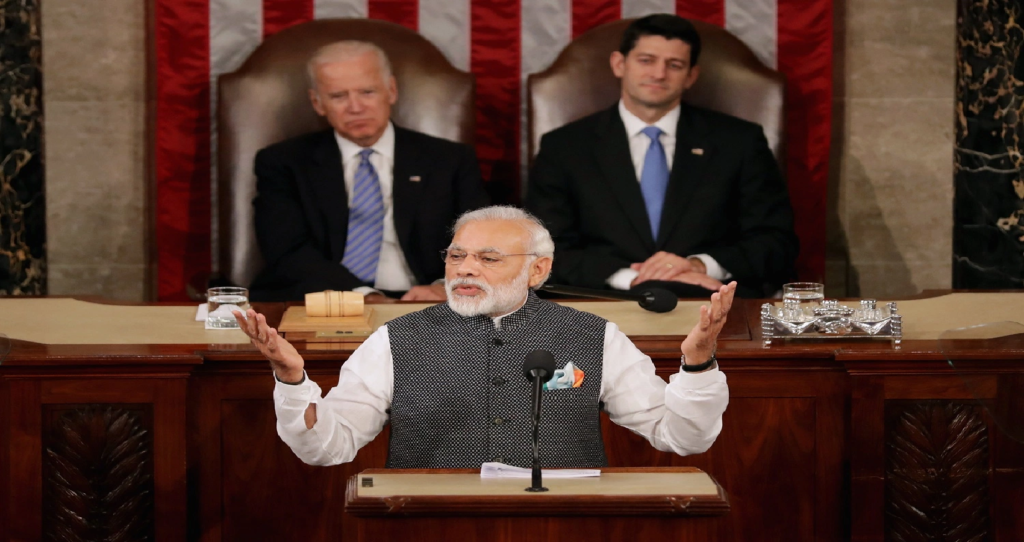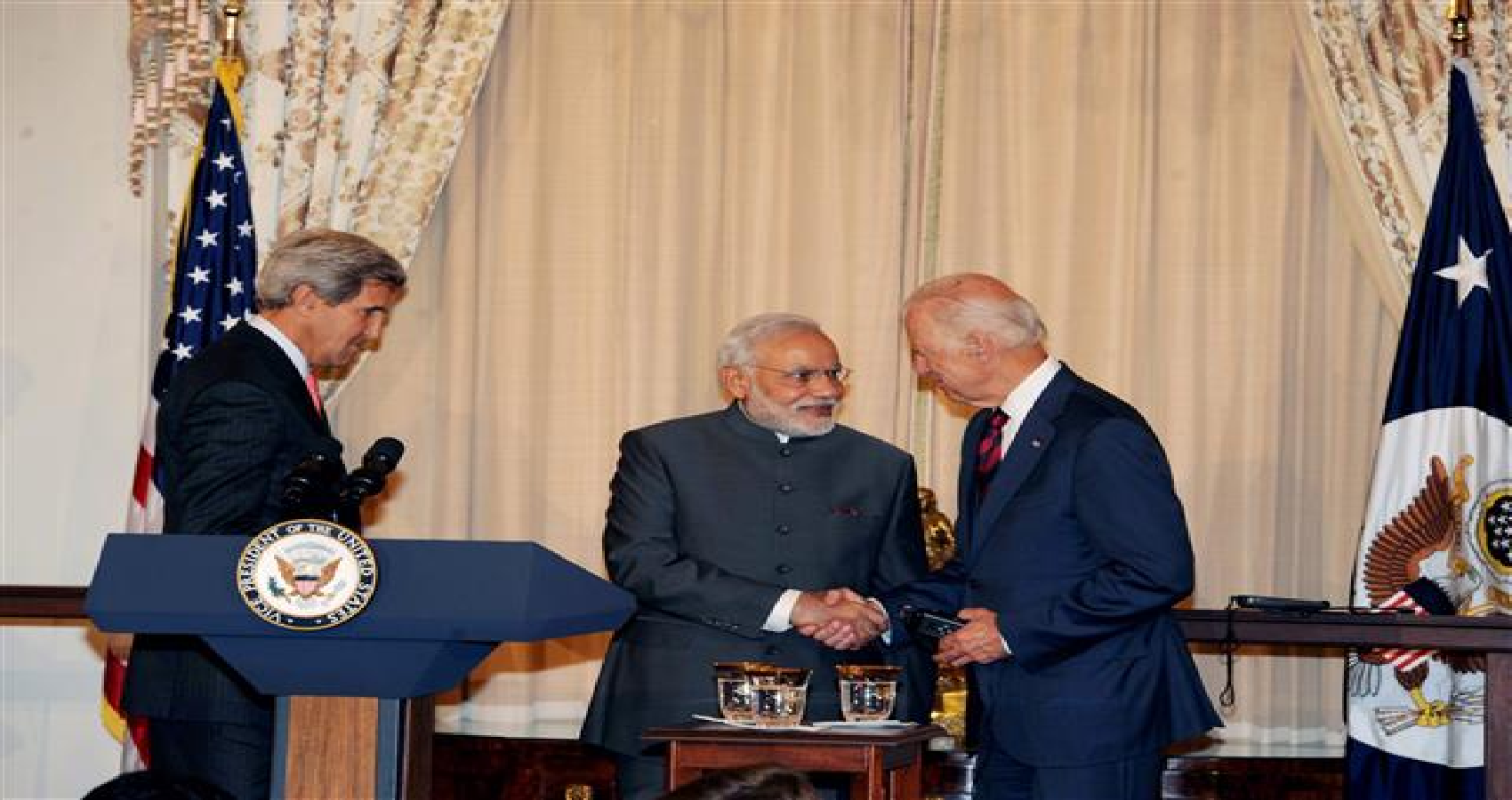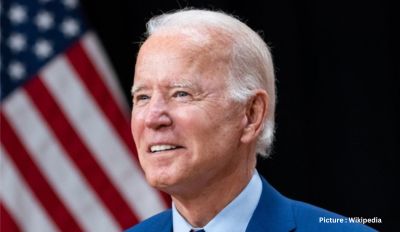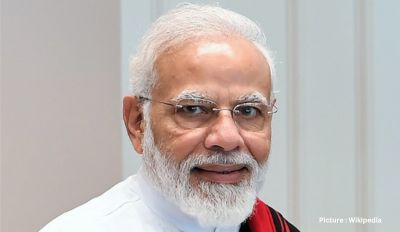As America seeks to counter a rising China, no nation is more important than India, with its vast size, abundance of highly skilled technical professionals, and strong political and cultural ties with US.
As America seeks to counter a rising China, no nation is more important than India, with its vast size, abundance of highly skilled technical professionals, and strong political and cultural ties with the United States. But the parallels between America’s dependency on China for manufacturing and its dependency on India for IT services are striking, according to a study published by The Information Technology and Innovation Foundation (ITIF).
 A leading think tank for science and technology policy has said as Washington seeks to counter a rising China, no nation is more important than India with its abundance of highly skilled technical professionals and strong political and cultural ties with the United States.
A leading think tank for science and technology policy has said as Washington seeks to counter a rising China, no nation is more important than India with its abundance of highly skilled technical professionals and strong political and cultural ties with the United States.
It however cautioned that ‘overreliance’ on India as an IT services provider could become a strategic problem if major disagreements emerge between the two nations on issues such as intellectual property, data governance, tariffs, taxation, local content requirements or individual privacy.
While America and India are both rightly keen to move more manufacturing operations from China to India, significant shifts will take time, as China still has many advantages. Most large U.S. companies now rely heavily on India-based IT services—whether from India-headquartered IT service providers, U.S.-headquartered IT services companies with large India-based operations, or their own India-based capability centers.
The United States risks becoming overly reliant on India as an IT services provider if major disagreements emerge over issues such as intellectual property, data governance, tariffs, taxation, local content requirements, or individual privacy.
Leading U.S. tech companies are well positioned in India’s booming Internet and e commerce marketplaces, but strong local competitors are emerging.
India is moving up the value chain into R&D, innovation centers, machine learning, analytics, product design and testing, and other areas, especially in IT and life sciences.
Outside of IT, U.S. companies operating in India typically face stiff competition from Chinese, Japanese, Korean, and of course, Indian firms—and doing business in India is still often difficult.
While geopolitical forces are drawing America and India closer together, long-term alignment with the United States and the West is by no means assured and will require successful policymaking by both India and the United States.
There are many complex dynamics that will affect the degree to which the U.S./India relationship can help offset today’s increasingly powerful China. The authors of the study David Moschella and Robert D. Atkinson offer the following pessimistic and optimistic scenarios:
Scenario 1: Tensions between India and China are reduced, and the many business synergies between these two neighboring nations come to the fore. The combination of China’s manufacturing might and India’s software and service prowess provides across-the-board value-chain capabilities. The United States remains heavily reliant on both nations, whose market sizes dwarf that of America, giving Chinese and Indian companies colossal economies of scale and leading to large bilateral trade deficits for the United States with both nations. These dynamics ultimately result in world-leading Chinese and Indian universities, companies, and research institutions. Given its relatively small size and many dependencies, there is little the United States can do, as the heart of the global economy shifts to the East, and as democratic nations and norms are increasingly seen as failing to keep pace with China’s rapid societal progress.
Scenario 2: The interests of India and the United States become increasingly aligned, as the economic, military, and international relations challenges from China grow. Rapidly growing Indian manufacturing, much of it from plants moving out of China, helps reduce U.S. dependencies on China while slowing China’s growth. At the same time, Indian students continue to flock to the United States, with many staying and making essential contributions to America’s technological capabilities.
The Indian diaspora creates even more-powerful bonds between India and the United States, generating a great many business, political, and cultural leaders. Rising U.S. company dependence on India-based technology services proves to have more benefits than drawbacks and is largely offset by the success of U.S. tech giants in India and by ever-improving cloud services that make extensive customized IT services less necessary. As a result, Indian exports to the United States are broadly matched by U.S. business within India, and both nations grow. The combined military prowess of the United States, India, Japan, and Australia (and eventually South Korea and Taiwan) proves sufficient to prevent China’s hegemony within the Pacific region. Democratic norms prevail across most of the developed world, with many developing nations looking to the “Delhi model” rather than the “Beijing model.”
Clearly, there is a vast middle ground between these two extremes. But by 2030, one scenario will likely prove closer to reality than the other. Which will it be? When we argue that there is now no more important bilateral relationship for the United States than India, this is what we mean. America’s technology dependencies on India in the 2020s seem certain to rise. But will the United States be dependent on a strategic partner with strong mutual interests, or on an increasingly neutral rival? Much will depend on the strategic choices the Biden and Indian administrations make. The economic and geopolitical stakes could not be much higher.











